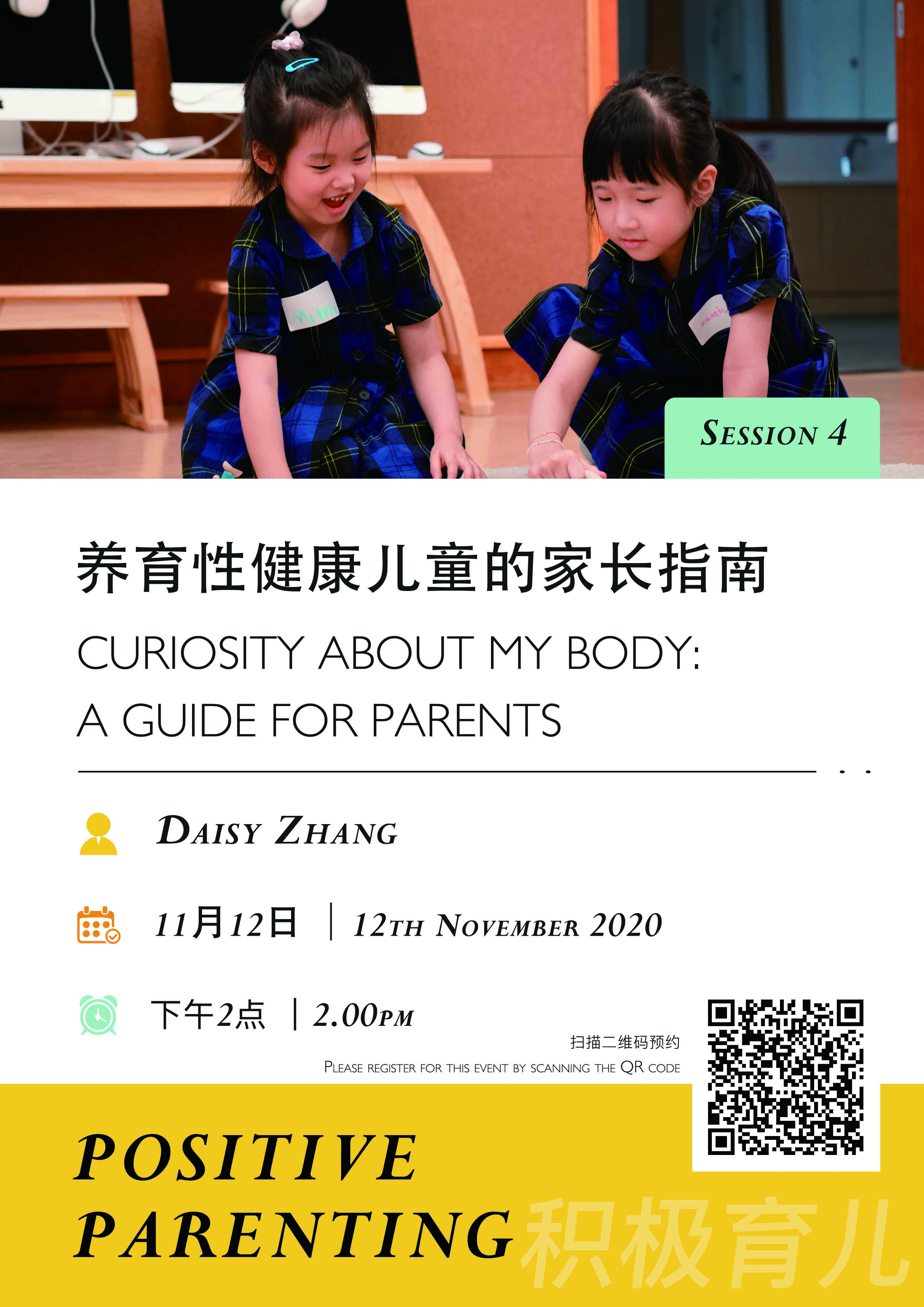
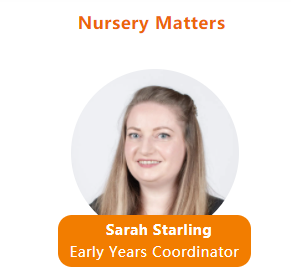
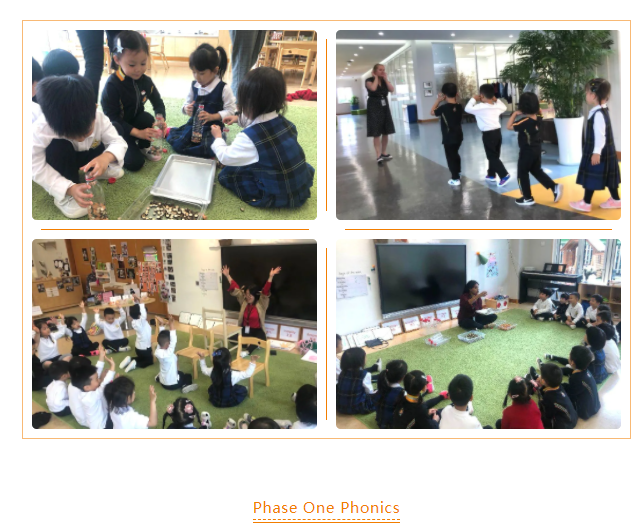
At Huili Nursery Hangzhou, we passionately believe in enabling children to effectively communicate their thoughts, feelings and ideas. One of the ways we do this is through Phase One phonics. Phase One phonics is the foundation for a deep and personal connection with communication and language. Phase One phonics is made up of seven aspects which each explore a different area of listening, speaking, communicating and language. Through carefully planned, joyful activities, children are guided to learn new words, hone their listening abilities and to play with and manipulate language. Here are some games and activities that you can do at home to support Phase One phonics which can happen in any language.
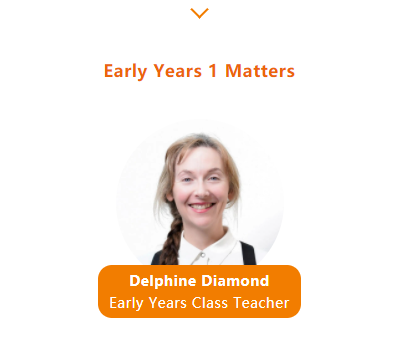
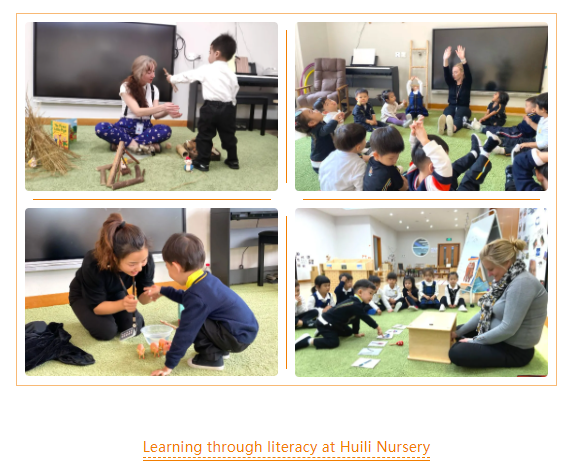
Educators at Huili Nursery are passionate in nurturing a love of literacy. Through sharing and discovery of an array of popular Chinese and English books, we aim to ignite in our children, sparks of interest. Recently, the children of EY1 were introduced to a traditional English tale; The Three Little Pigs. It was wonderful to notice the focus and curiosity of our EY1 children. As an educator, I was reminded of my own origins of a delight in literacy and the importance these foundations are in developing early communication and language skills. Here at Huili Nursery, we believe in continually providing provocations to stimulate and support language skills through children’s independent exploration and play. To witness this in action, I could see deep learning taking place, as different groups of our EY1 children played alongside each other as they re-enacted various parts of The Three Little Pigs. Exciting times are to be had here in EY1, where children can delight in a dynamic and active learning experience. On this occasion, unfolding in the retelling of the story, enjoying their participatory role, children touched and described the water and learnt new vocabulary like: water, cold, warm. In a rich and safe environment, Huili Nursery aims to provide literacy learning that is fun and brings the children and stories to life.
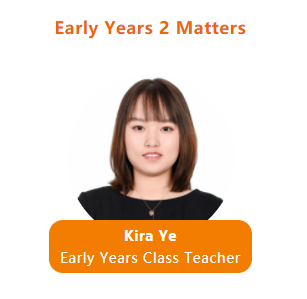
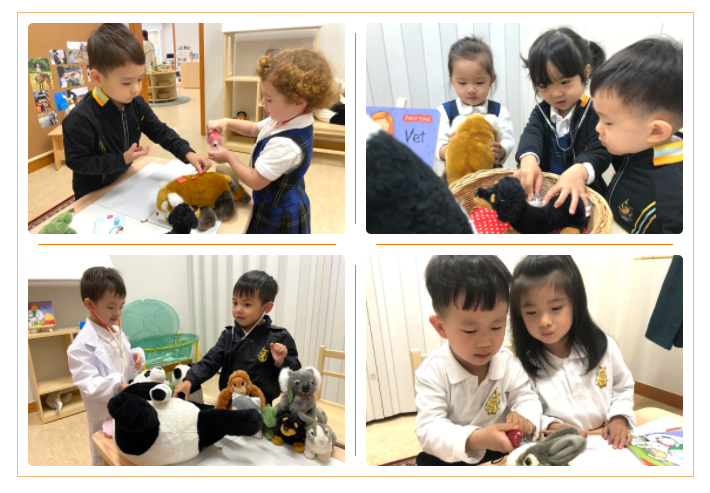
After a raccoon appeared in a cage in EY2 Unit’s classroom, children gathered discussing and exploring ways to help it escape. Some children searched carefully for the entrance to the cage, some found the key and tried to unlock it, and some brought food to feed the raccoon whilst he was unable to feed himself. Reflecting on previous discussions about animals in the zoo, this unexpected provocation inspired our EY2 children: “What can animals eat if they are hungry in the zoo? Do animals need to see a doctor if they are sick?” Over the next few days of our research and exploration, we were pleasantly surprised to find that the children began to prepare food items for animals, trying out different kinds of medicine for the animals in class. Makings use of scraps of paper the children were able to record their diagnosis of symptoms and look at X-ray pictures of animals’ making use of the light boxes in class. Leading into our next phase of our project – the different roles humans play at the zoo.
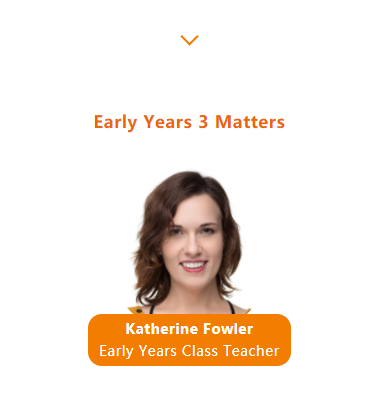
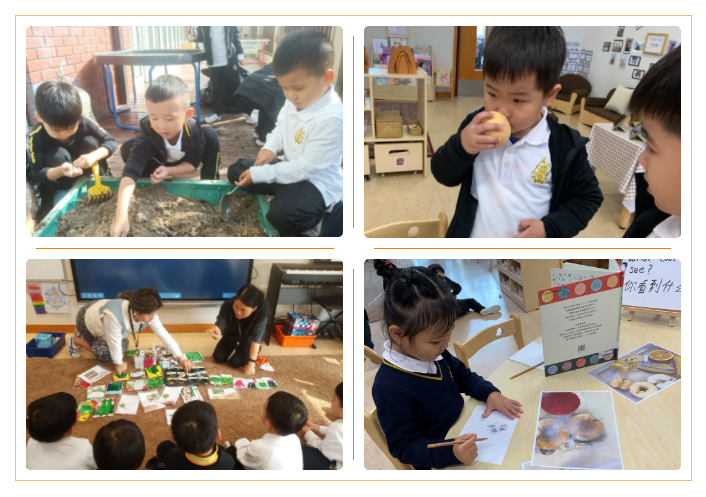
The children in EY3A have made many discoveries this week about the natural world around them at home and in class. Through our exploration of plants, we have discovered new types of fruits and vegetables and noticed how they are affected by different elements and change over time. Making use of a variety of research strategies the children had a chance to explore microorganisms as they noticed some of our fruits changing in smell, color and even developing mold. Some our children have also brought in different types of seeds, and with the help of a plant expert have decided which ones to plant based during the autumn months as our weather is getting colder and we are preparing for winter. Will they be able to grow in the snow?
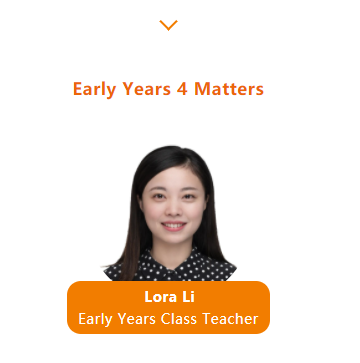
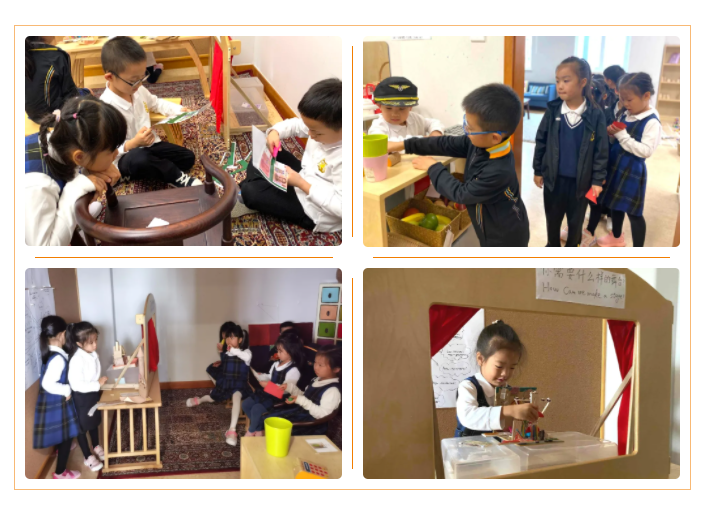
If you lived in a magical world, what will it look like? How will you communicate the images in your mind? The children in EY4 were able to express their imaginations through the use of a magnitude of media and manipulative materials. The children carefully designed, planned and created the setting of their magical world, creating different characters and designing props needed to tell the story. Opening the EY4A Theatre to share the experiences of their characters and to tell the class about the fantastic adventures created a platform for storytelling and drama. The theatre consisting of a small stage, a counter for selling tickets, snacks and beverages, and four chairs became an attraction in the classroom met with excitement every day!

